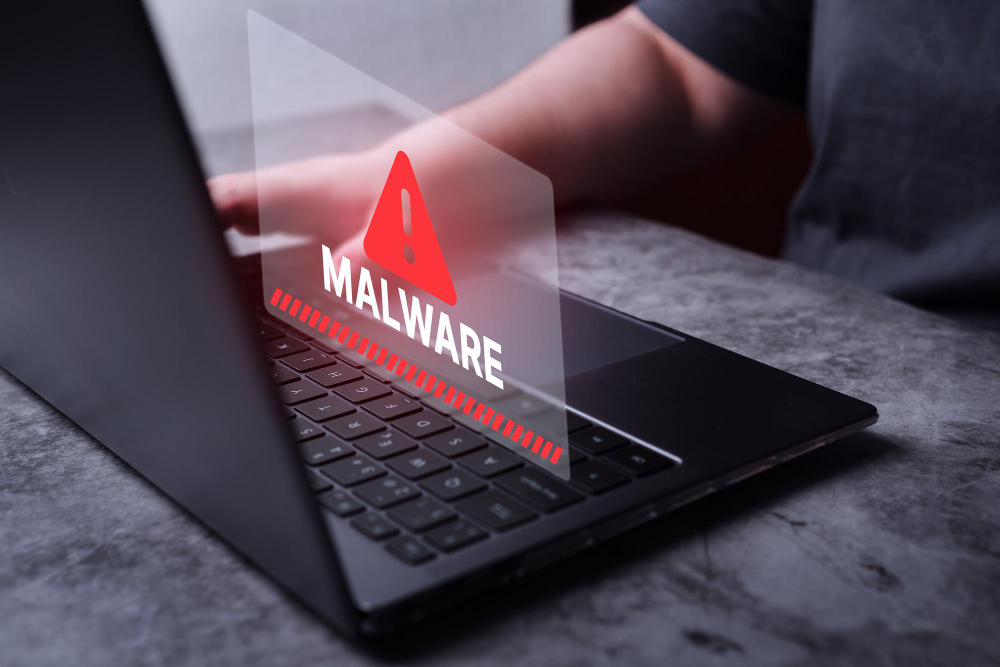In an era where data is as precious as gold, the security of personal information has become paramount. Cybersecurity, once an overlooked field, now stands at the forefront of modern organizational strategies. As a Cybersecurity Analyst, I find the SingHealth data breach of 2018 a case in point, underscoring the urgent need for robust security infrastructure and crisis management planning.
The Incident:
 In June 2018, Singapore’s largest group of healthcare institutions, SingHealth, experienced a massive data breach. Approximately 1.5 million patients’ records were accessed unlawfully, including those of the Prime Minister of Singapore, Lee Hsien Loong. The exposed data comprised personal details like names, addresses, and medical records.
In June 2018, Singapore’s largest group of healthcare institutions, SingHealth, experienced a massive data breach. Approximately 1.5 million patients’ records were accessed unlawfully, including those of the Prime Minister of Singapore, Lee Hsien Loong. The exposed data comprised personal details like names, addresses, and medical records.
The breach was the result of a sophisticated cyberattack that targeted SingHealth’s IT systems. The attackers used a combination of techniques, including phishing emails, password spraying, and SQL injection, to gain access to SingHealth’s network. Once they were inside the network, the attackers were able to steal the personal data of over 1.5 million patients.
The SingHealth data breach was a major incident that had a significant impact on the lives of many people. The personal data that was stolen could be used for a variety of malicious purposes, such as identity theft, fraud, and medical fraud.
Analyzing the Breach:
The breach was orchestrated by an advanced persistent threat (APT) group, typically state-sponsored, that launched a meticulously planned attack. The group first targeted front-end workstations, gaining a foothold via a phishing attack. Once in, they escalated privileges, moved laterally across the network, and eventually reached the critical database containing health records.
The attackers showed a clear understanding of the network infrastructure and adeptly bypassed security measures. Unfortunately, gaps in SingHealth’s system allowed them to do so.
As a cyber security analyst, we have been following the SingHealth data breach closely. we have been particularly interested in the lessons that can be learned from this incident. Here are some of the key lessons that we have learned:
- Cyberattacks are becoming increasingly sophisticated. The attackers who targeted SingHealth used a variety of techniques, including phishing emails, password spraying, and SQL injection. These are all sophisticated techniques that are not easily detected by traditional security measures.
- Organizations need to be proactive in their cyber security efforts. They cannot simply rely on their firewalls and antivirus software to protect them from cyberattacks. They need to have a comprehensive cyber security strategy that includes things like employee training, vulnerability assessments, and incident response plans.
- The impact of a data breach can be significant. The SingHealth data breach had a significant impact on the lives of many people. The personal data that was stolen could be used for a variety of malicious purposes. Organizations need to be aware of the potential impact of a data breach and take steps to mitigate the risk.
The SingHealth data breach was a major incident, but it is not the only one. Cyberattacks are becoming increasingly common, and organizations need to be prepared. By following the lessons that can be learned from the SingHealth data breach, organizations can help to protect themselves from future cyberattacks.
Key Issues:
Several critical issues stand out from the SingHealth breach. One was the inadequate response to alarms triggered by the security systems. Although signs of suspicious activity appeared days before the breach was detected, these warnings were not promptly addressed.
Second, system administrators were using a local account with easily guessable credentials. Once the attackers gained access to a workstation, they exploited these weak credentials to escalate their system privileges.
Moreover, the lack of network segmentation allowed the attackers to move freely within the network and access critical systems.
Lessons Learned and Future Solutions:
The SingHealth data breach is a stark reminder of the repercussions of insufficient cybersecurity measures and protocols. However, from this incident, we can extract several key solutions and future strategies to fortify healthcare cybersecurity.
- Effective Alarm Management: Organizations should implement effective alarm management strategies. Alerts should be promptly investigated, and false positives should be kept to a minimum to avoid alarm fatigue.
- Strong Authentication Measures: Weak or common passwords can be easily exploited by attackers. Employing strong, unique passwords and multi-factor authentication (MFA) significantly enhances security.
- Network Segmentation: Proper segmentation of the network would prevent attackers from moving laterally and accessing sensitive information after breaching the outer defenses.
- Regular Audits and Patch Management: Regular security audits can identify and rectify potential vulnerabilities. Additionally, systems should be kept updated with the latest patches to thwart exploits.
- Employee Training: Since phishing was the initial attack vector, regular staff training on recognizing and handling potential phishing attempts is crucial.
- Incident Response Plan: A robust incident response plan can help mitigate the damage and recover more quickly from a breach.
- Investment in Cybersecurity: Organizations must see cybersecurity not as an option but as a critical investment. The cost of a breach can far outweigh the cost of investing in comprehensive cybersecurity measures.
Conclusion:
The SingHealth data breach, while regrettable, provides a compelling case study for reinforcing cybersecurity measures, especially in healthcare institutions that handle sensitive personal data. By learning from past mistakes and taking decisive action, we can create more secure digital environments, assuring individuals that their personal data is safe and secure.
Organizations need to be aware of the latest cyber security threats. They need to stay up-to-date on the latest vulnerabilities and attack vectors. Organizations need to have a comprehensive cyber security strategy. This strategy should include things like vulnerability assessments, incident response plans, and data breach notification plans.
In addition to the above, there are a number of new technologies that can be used to improve cyber security. These include:
- Artificial intelligence (AI) can be used to detect and prevent cyberattacks. AI can be used to analyze large amounts of data to identify patterns that may indicate a cyberattack.
- Blockchain can be used to store and share data in a secure way. Blockchain is a distributed ledger technology that makes it difficult to tamper with data.
- Quantum computing can be used to break current encryption algorithms. Quantum computing is still in its early stages, but it has the potential to revolutionize cyber security.
By using these new technologies, organizations can help to protect themselves from future data breaches.




